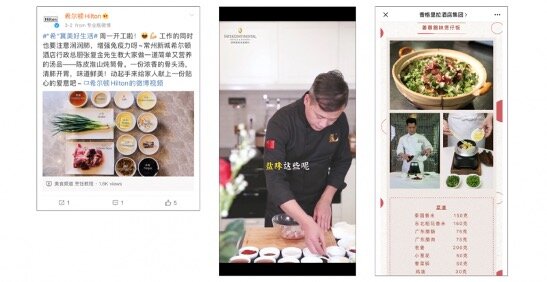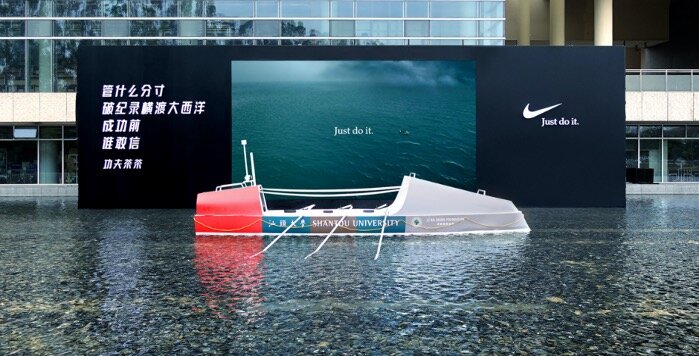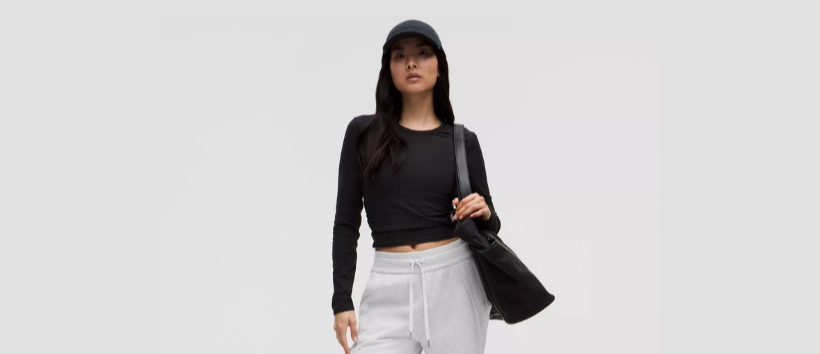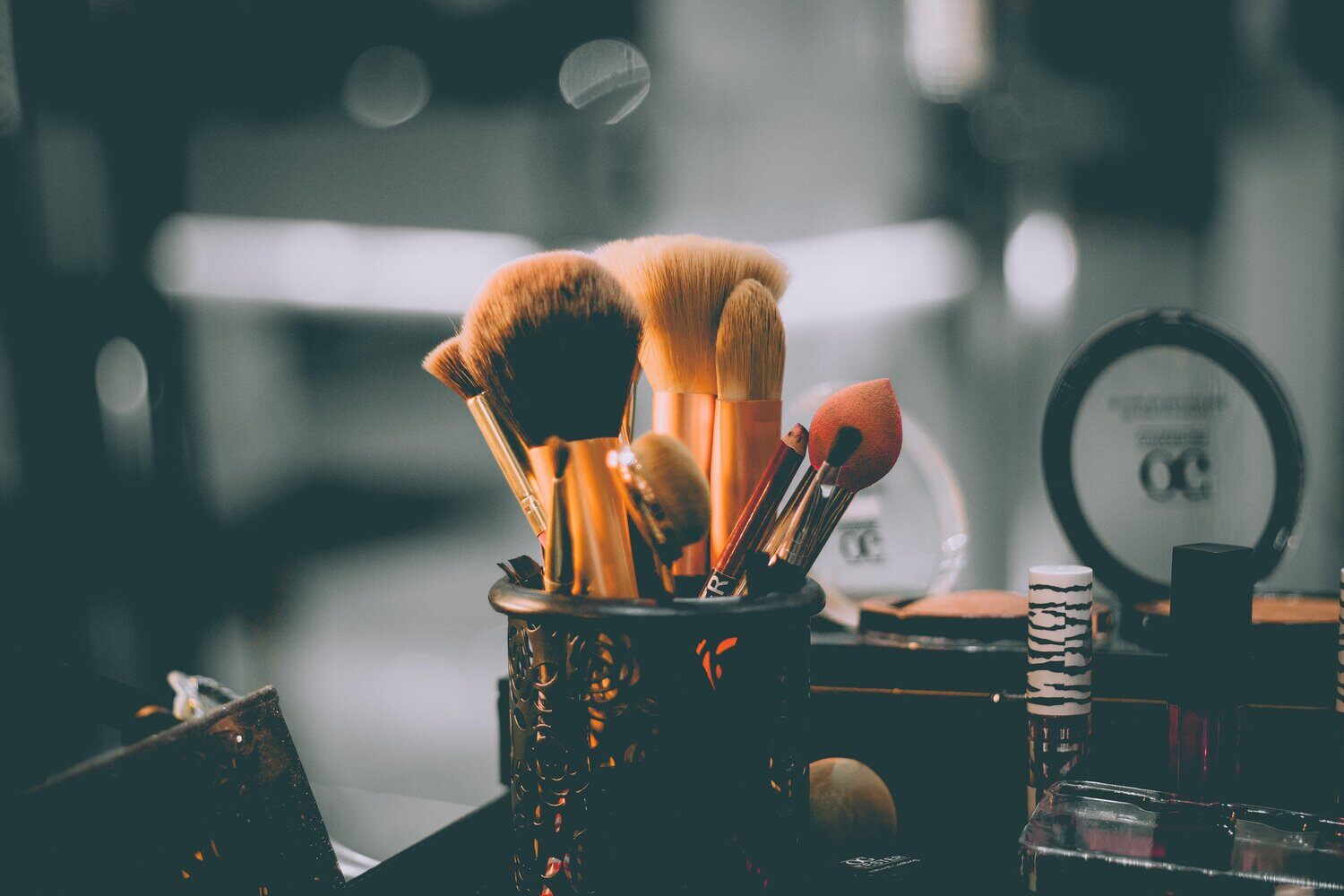While the Chinese consumer is relatively confident and ready to spend, how will weeks of lockdown and global uncertainty affect their mindset and impact their behaviour?
Rather than new trends emerging, we have observed an acceleration of existing trends that have gained momentum due to the Covid-19 impact.
Here are 4 key trends that global brands must watch going forward.
1. Life as the ultimate luxury
Lockdown at home has allowed consumers to reconnect with traditional pastimes, revisit hobbies, and explore new interests. It has allowed people to reflect on what is important and what gives them purpose and meaning.
For many, there has been a moment of realisation that life itself is the ultimate luxury, with a need to grow both personally and collectively, savouring the big and the small moments. In particular, there has been a heightened appreciation for the value of time, as well as physical and mental health.
All brands are now expected to contribute to society and public good. They are expected to help individuals improve. We expect trends like sustainability and wellness to become increasingly important
We have seen an explosion of self-improvement videos on channels like Douyin and Bilibili, ranging from Photoshop, Excel and video editing, to learning languages and cooking tips. This trend has continued post-lockdown.
Consumers are also taking much better care of what they eat and how they treat their bodies. In line with their purpose and the trend, Nike successfully delivered training videos and content to help people stay fit during the lockdown via WeChat livestreams.
Similarly, luxury hotel, Shangri La, provided online cooking lessons.

We also see early signs of upgraded consumption, with over 70% of consumers booking 4- or 5-star hotels for the upcoming Labour Day (1 May) holiday for better standards and hygiene.
We expect Chinese consumers to value everyday and smaller moments in life even more. Luxury brands should focus on an everyday luxury proposition that connects with consumers beyond special moments or big occasions.
2. The Great Digital Migration
China was already streets ahead in terms of digitalisation of marketing and ecommerce. The pandemic and lockdown have further accelerated the advancement of and dependence on digital infrastructure. We find that the strongest digital brands will be the ones to emerge successfully from this crisis.
Screen time increased 26% during CNY this year, compared with CNY 2019. China now represents 54.7% of the global eCommerce market — double US, UK, Japan, South Korea and Germany combined. Chinese consumers now get more information from smartphones than from real-world experiences!
Chinese consumers were able to attend events online, such as Shanghai Fashion Week. Virtual access to all areas has quickly become the norm and consumers almost expect a front row seat to brand activities, wherever they are in the world.
Live-streaming has been widely discussed, but has now exploded in popularity with the “see-now, buy-now” model. Short video consumption on Douyin, Bililibili and Kuaishou has become commonplace and continues to prove very effective for keeping attention and driving engagement.
Amid all of this, the key trend is blurring of the lines between content and commerce. The integration of interactive experiences with shopping is irreversible and very powerful.
The average luxury shopper in China is 15-20 years younger than Europeans or Americans. While offline will continue to play a role, online engagement through content and purchase through eCommerce is their luxury experience, and luxury brands are quickly noticing this.
By the end of 2019, over 90% of luxury brands with a presence in China had established WeChat Mini-Programs and continue to use them for online selling, brand services and VIP customer management.
Over 150 luxury brands are now available on Tmall Luxury Pavillion with Prada finally taking the plunge and gaining 54,000 followers in the first month.
Louis Vuitton and Lanvin have also recently dabbled with livestreaming on platforms like Little Red Book.

However, consumer feedback consistently suggests that while playing in the right areas, luxury brands are failing to truly hit the mark in terms of presenting a premium and aspirational proposition online and are lagging behind their beauty, fashion and even sporting counterparts.
Local beauty brand Perfect Diary launched their colorful eye shadow collection in collaboration with The Discovery Channel. Chinese beauty brands are capturing the attention of Chinese consumers with increasingly sophisticated and aspirational propositions and a growing sense of patriotism.
In sports, Chelsea Football Club’s live-streaming of archived footage featured a studio setting and KOLs. It is a great example of the standard being set to attract attention and gain influence in China.

Luxury brands must invest in order to meet and exceed the level of content, KOL collaborations, promotions, and online-to-offline integrations that is expected by today’s modern luxury consumers. Brands must focus on localised assets, innovative content, and tech developments to remain top of mind.
3. ‘China Proud’
In 2019, approximately 70% of luxury sales to Chinese consumers happened outside mainland China. Given the current travel restrictions and uncertain timeframes, we expect this to dramatically shift to domestic consumption. The Economist predicts this pattern will continue until at least Q1 2021.
Recent surveys by Trip.com and Oliver Wyman have concluded that an overwhelming majority of respondents will prefer to travel domestically for the foreseeable future. While we do not believe that a reluctance to travel will persist longer term, we see this as an opportunity for brands to up their game on home turf and ultimately tip the balance.
The government is also actively looking to stimulate domestic consumption with reduction in tax rates, distribution of coupons and even a shift to 2.5 day weekends in some provinces.
It is still early to understand the full long-term impact of these measures, but the reported sales increases that luxury brands are showing for March and April validate this trend.
That said, footfall to malls and department stores has remained relatively slow and it could be that much of the shift and growth will come from online, with physical stores acting like virtual showrooms and store staff becoming personal shopping assistants. Estée Lauder and Cle de Peau continue to use in-store staff for live-streaming products.
It is also interesting to note the shift towards ‘Made for China’ products and China-first product launches such as Dior’s Gem Clutch — a bespoke hybrid between fine jewellery and fashion handbag – launched on WeChat and a VIP live stream event.

This is the time to double down on domestic consumption and invest in growing reach and driving traffic to commercial touch points to capture customer data and build personal, long-term relationships.
4. Brand Values & Immersion
Chinese consumers do not want to just follow brands anymore; they want to truly immerse themselves in brand content and be inspired. As the luxury industry becomes more accessible and inclusive, luxury brands must continue to communicate and interact through values to form lasting and deep connections. Storytelling needs to be precise, specific and insight-driven.
During the lockdown, the most agile and adaptive brands focused on strengthening customer relationships. And customers had daily connections through direct communication with sales staff and product promotion via WeChat. This two-way interaction is highly personalised and this level of service must continue.
Nike’s ‘Back to the Beginning’ campaign targets aspirational Chinese sports women, by amplifying true stories of athletes who overcame limitations to become world-class. The campaign garnered 90 million comments on social media channels and saw a 55% increase in female audience engagement.

BMW’s short film entitled “A Letter to 2020” presented a timely and sensitive message of hope to commemorate China’s gradual recovery and return to somewhat normal life. The simple style and emotional script creates an aura of approachability.
We have also seen an uplift in collaborations between brands and local artists. These collaborations have increasing appeal for Chinese consumers seeking to upgrade their consumption habits with cultural references.
In Conclusion…
These 4 trends are not new, but they are accelerating as China reacts to Covid-19, meaning that they are increasingly urgent for global brands looking to build and maintain connections with Chinese consumers.
-
The pandemic has refocused priorities and firmly positions life as the ultimate luxury
-
China already led the world in digital migration, and their recovery is happening sooner because they can adapt faster
-
Chinese consumers will look to spend more and travel more within China
-
Brands that provide an immersive experience, connecting community, interactivity, and commerce, will win
Get in touch with us to find out how savvy strategic planning, campaign management and in-market support can help you make the most of the enhanced China opportunity.
Related blog posts

